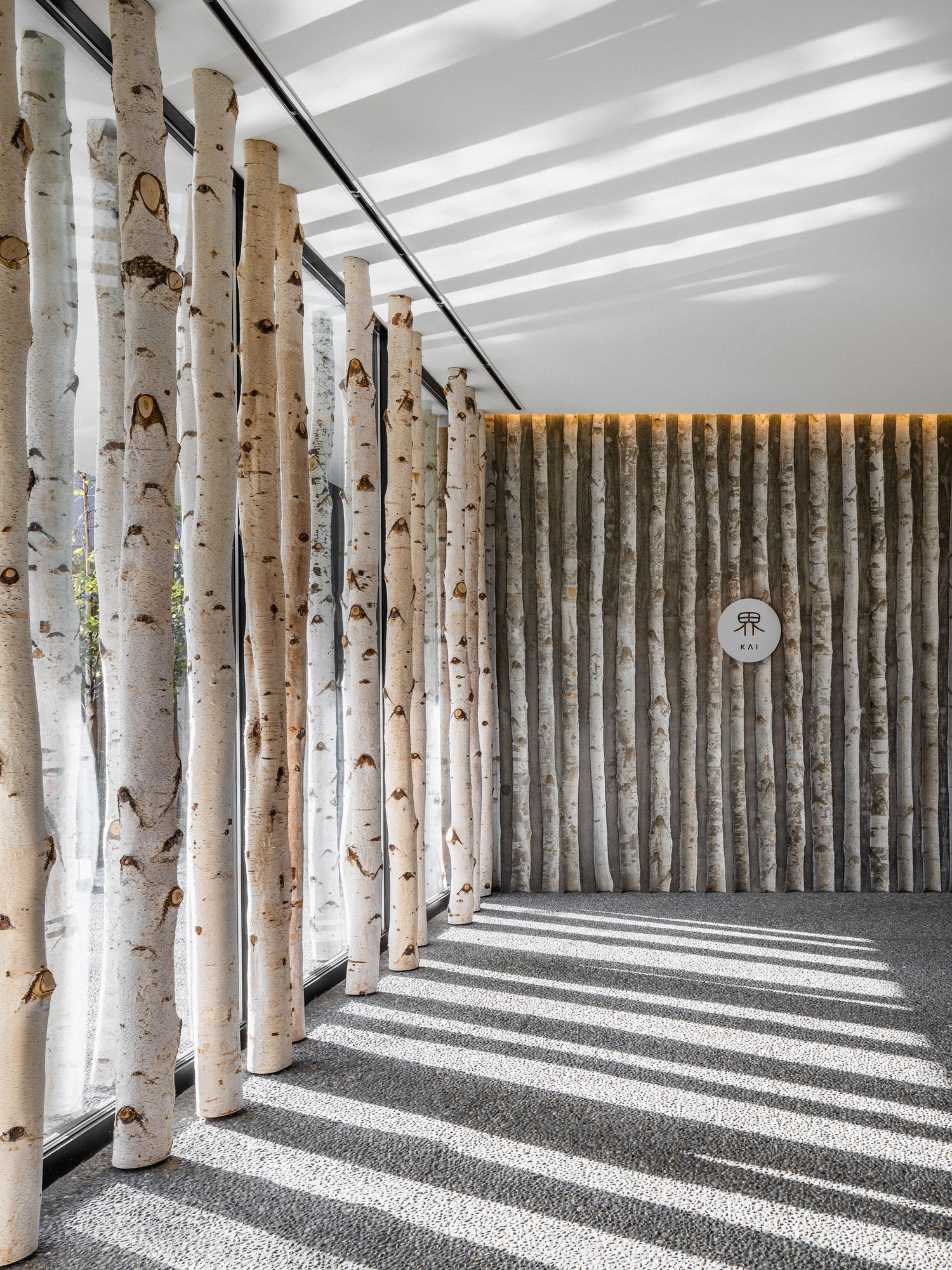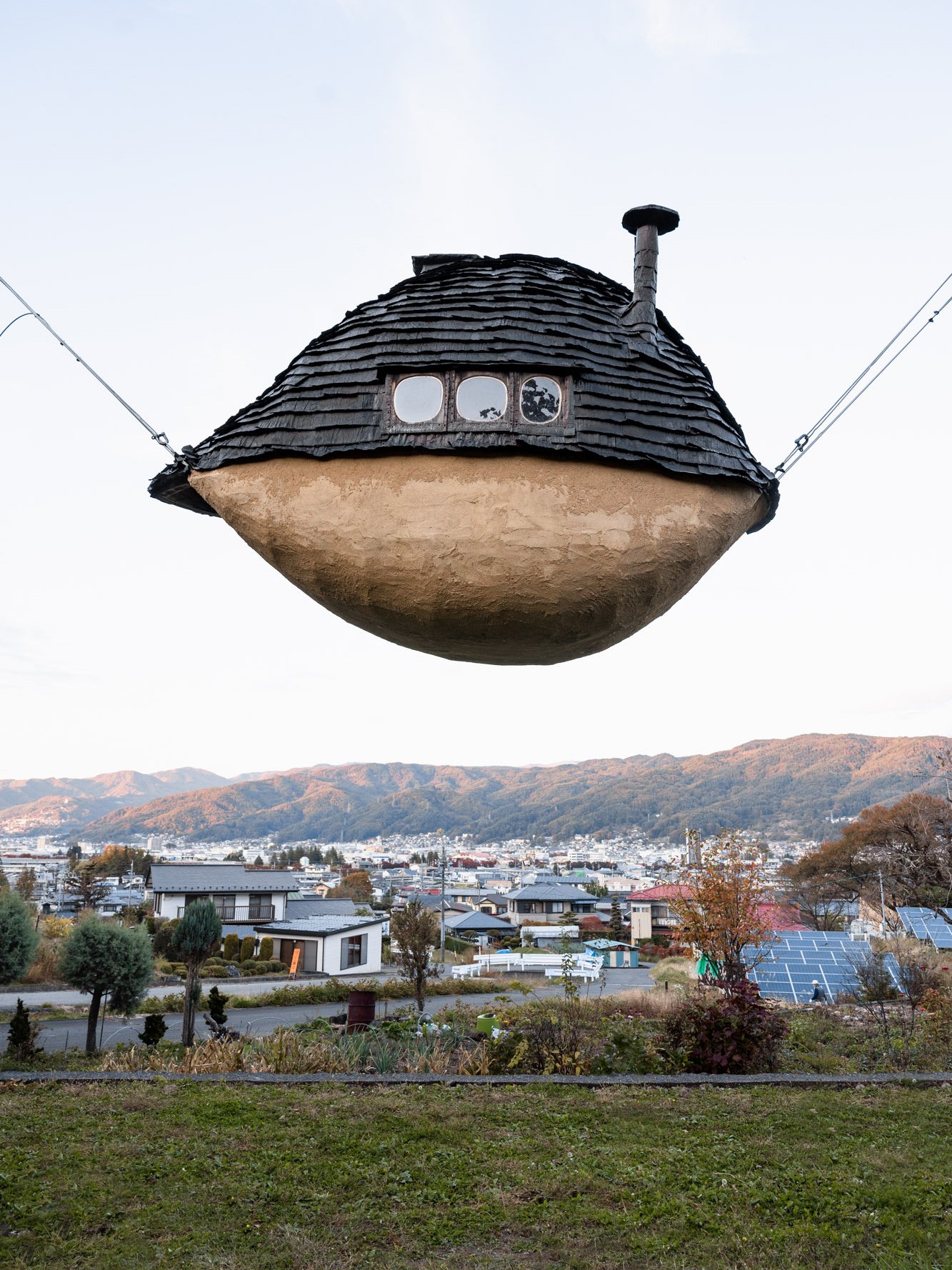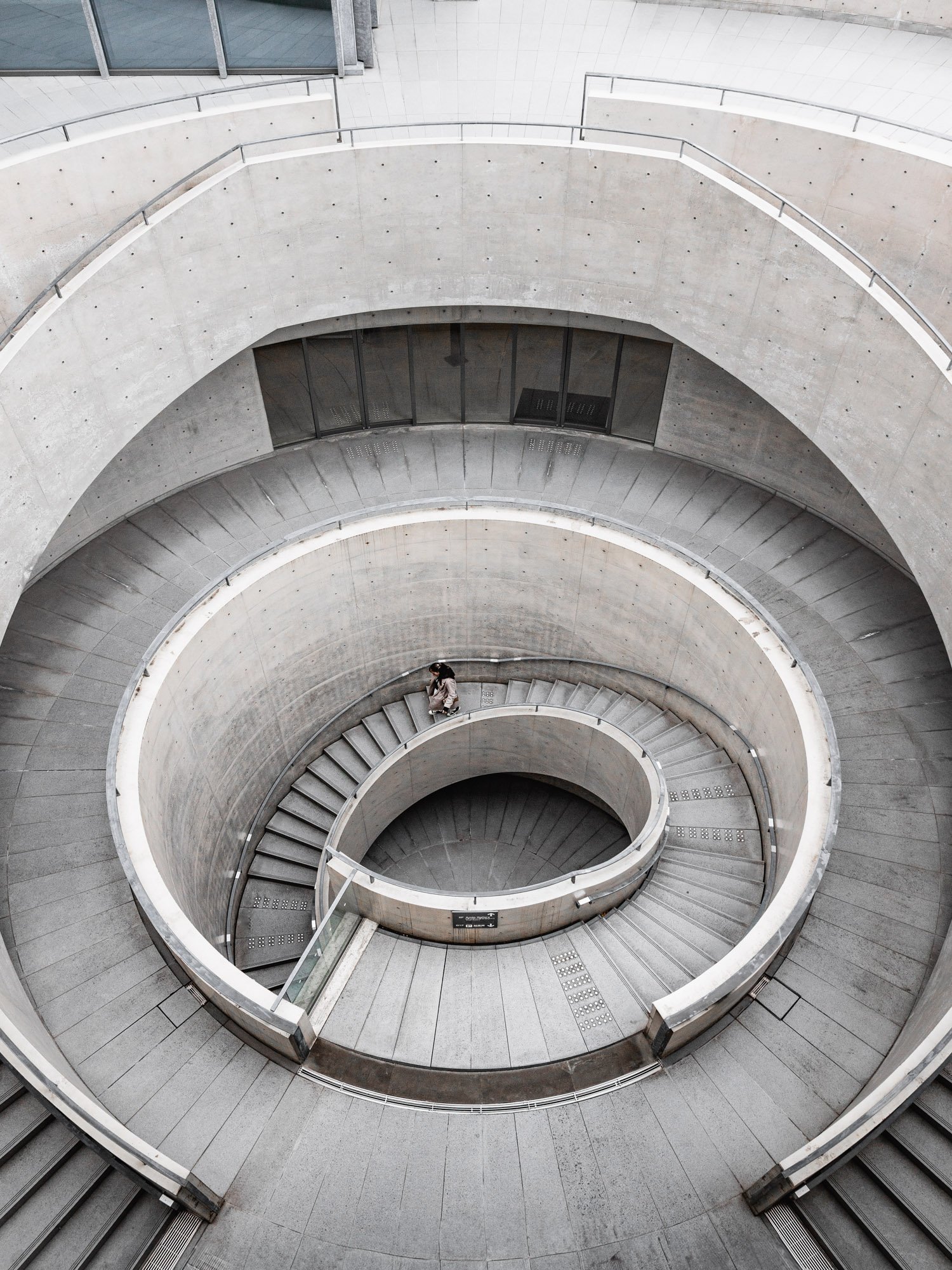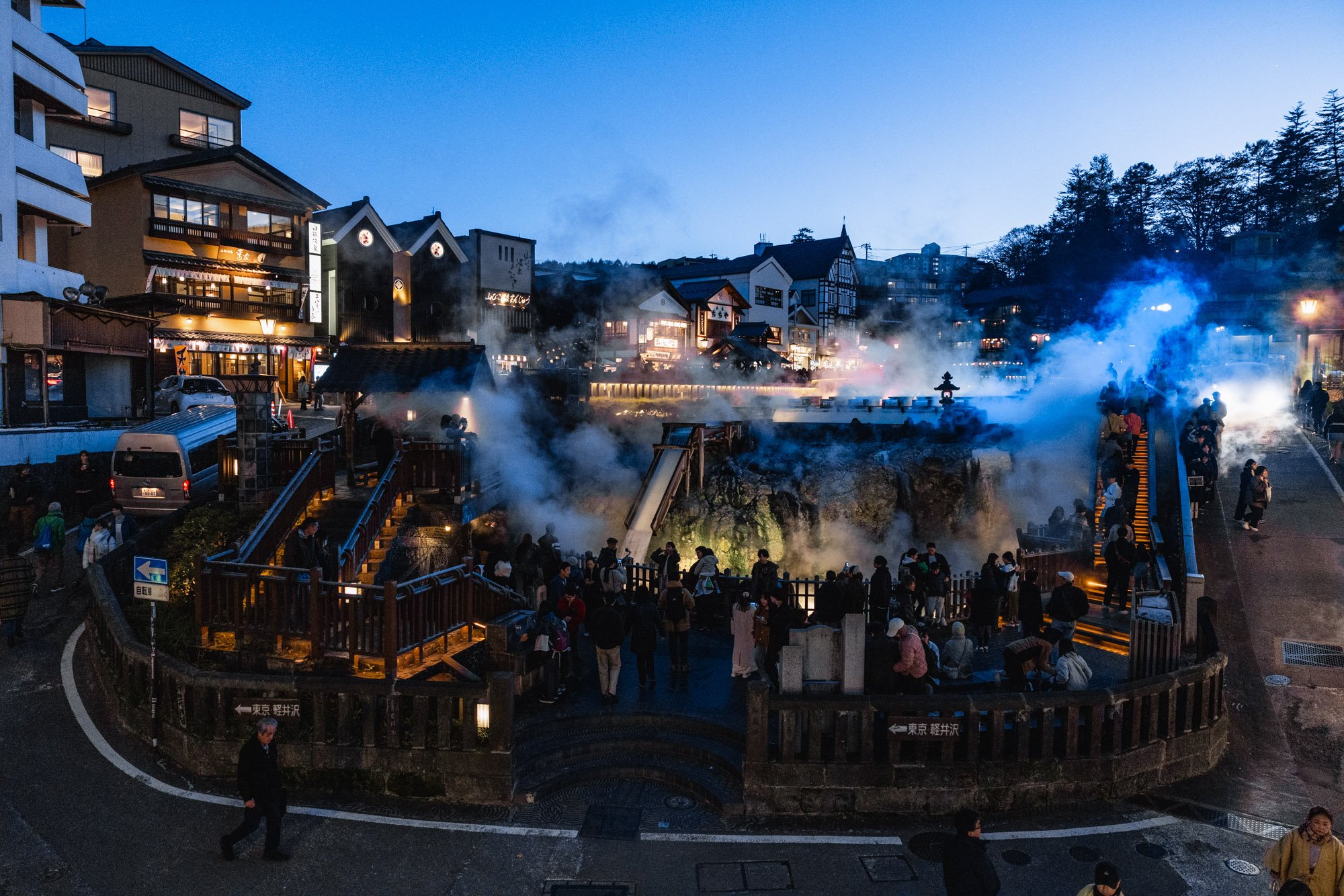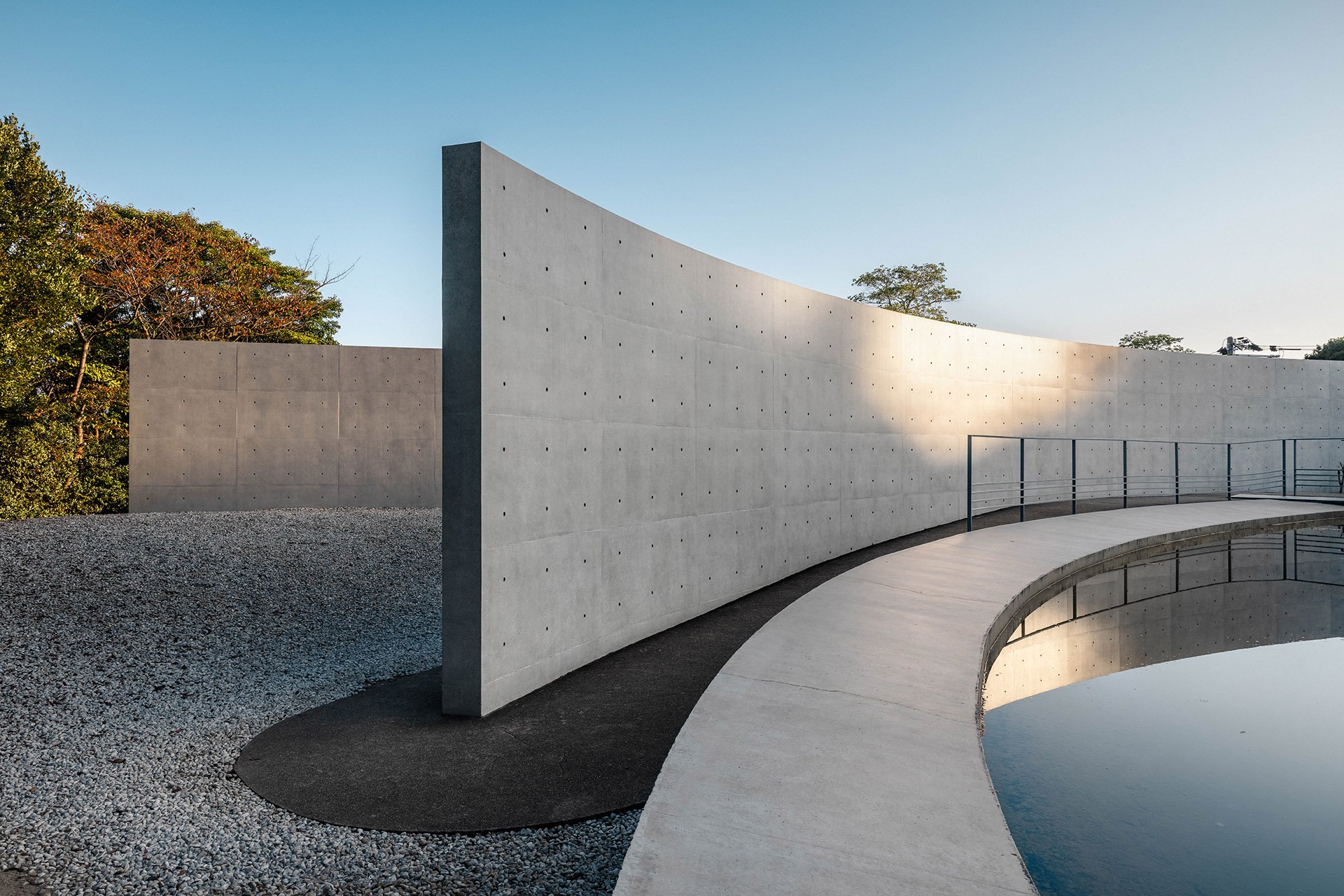10 Places to Visit in Japan for Art & Architecture
From design hotels and creative living spaces to art islands and floating tea houses, Japan has so many unique places to experience art and architecture. When I first moved to Japan in 2019, I quickly became obsessed with travelling up and down the country in search of unique and contemporary designs, learning more about different architects and destinations in the process.
This guide is by no means an extensive look at Japanese architecture, but more a selection of places I have visited and particularly enjoyed. From hotels and art islands, to unique homes and public space projects, add some of these to your list for your next trip to Japan and I hope you enjoy!
Disclaimer: Please remember that some of the buildings below are private residences, and others are open public spaces. Please always be respectful when photographing these buildings and adhere to any local rules or requests from owners.
1. Tree-Ness House, Tokyo
Completed in 2017, this complex housing and gallery project is inspired by the organic forms of trees and nature. Each floor features stacked concrete boxes that form apartments and creative spaces, each with different characteristics, similar to a trunk, a branch or a leaf. Trees are then planted on each floor to create a further natural environment for residents and visitors alike.
Pro tip: Find higher vantage points from surrounding buildings to see the building from different perspectives.
2. Naoshima Island, Kagawa
A world class museum doubles up as a hotel, cutting edge modern art flows along the coastline, and disused buildings are transformed into pop-up galleries. Just a snapshot of what to expect from Japan’s Art Islands. Located in the Seto Inland Sea, Naoshima, and neighbouring island Teshima, are home to artworks from the likes of Yayoi Kusama, James Turrell and Lee Ufan. The majority of the galleries on the island are designed by world-renowned architect, Tadao Ando, in his signature brutal and minimal style. The architecture itself often becomes the art, blending into the landscape and interacting with natural light as the days pass.
Looking for somewhere to stay? Here’s a full list of hotels on Naoshima Island.
3. Shiroiya Hotel, Gunma
A restored historic building, a four-storey light installation and a newly built ‘Green Tower’ for the city of Maebashi – Shiroiya Hotel is based around the concept of creating ‘a living room for the city’. Designed by Sou Fujimoto, the main building is completely restored, with rough concrete pillars and a light artwork by Leandro Elrich as well as rooms designed by famous interior designers including Jasper Morrison. Within the green tower, is a landscaped atrium that blends into the surroundings, are three private saunas and a meditation room.
2-2-15 Honmachi, Maebashi, Gunma 371-0023
Related Post: A Living Room for the City: Shiroiya Hotel
4. Echigo-Tsumari Art Field, Niigata
From sculptural scarecrows on the roadside to Yayoi Kusama sculptures hidden amongst the rice fields, Echigo Tsumari Art Field is a collection of over 200 artworks scattered around Niigata’s rural countryside. Each installation is designed to seamlessly blend into the surrounding landscape, including The Tunnel of Light, designed by MAD Architects. The tunnels form part of an underground experience within the Kiyotsu Gorge, taking visitors through various immersive architectural and lighting displays. Echigo Tsumari Art Field is open between April and November each year, and the Tunnel of Light is open year-round.
3743-1 Matsudai, Tokamachi, Niigata 942-1526
5. The Face House, Kyoto
Kyoto may be famous for its ancient temples and immaculate zen gardens, but what some don’t realise is the mix of architecture to be found when wandering the quiet city streets. Traditional machiya townhouses and workshops sit directly alongside unique buildings like The Face House, a house turned studio space designed by Kazumasa Yamashita way back in 1974. Of all of Kyoto’s wonders and well curated neighbourhoods, The Face House really is a unique addition and well worth adding to your itinerary.
Koromonodara-dori, Tatedaionjicho, Nakagyo Ward, 604-0012
6. Hoshino Resorts Kai Poroto, Hokkaido
Set on the edge of Lake Poroto and enfolded in forest, the 42-room ryokan convincingly blurs the line between man-made structures and the bucolic surroundings. Its unique bathhouses, inspired by ancient Ainu villages and filled with mineral-rich water, occupy a cone-shaped structure with outdoor and indoor baths. The retreat’s contextual design extends to the rooms, which have striking white birch columns, fireplace-inspired tables and Ainu-patterned artworks. Local seafood informs the dinner menu, with dishes such as fragrant daigo nabe, a hotpot teeming with stewed crab and scallops.
1-1018-94 Wakakusacho, Shiraoi, Hokkaido 059-0902
7. Hill of Buddha, Hokkaido
Designed by renowned Japanese architect Tadao Ando, The Hill of Buddha makes up part of the Makomanai Takino Cemetery and is a testament to both contemporary design and the natural beauty of Hokkaido. A minimalist 40 metre tunnel, surrounded by vibrant lavender fields in summer and a pristine snowscape in winter, leads visitors to the awe-inspiring Buddha statue, standing (or sitting) at 13.5 metres tall. The buddha itself is a sight to behold and celebrates the beauty of both man-made and natural elements.
2 Takino, Minami Ward, Sapporo, Hokkaido 005-0862
8. Tokyo Toilet Project, Tokyo
If you have visited Japan before then you will appreciate the high standards of public toilets, and the Tokyo Toilet Project takes that to a whole new level. Originally an initiative for the 2020 Tokyo Olympics, several of the highest profile Japanese architects including Tadao Ando, Kengo Kuma and Sou Fujimoto have been comissioned to create their own take on a public loo. The results can be found all over Shibuya ward, from Nigo’s playful and approachable Jingumae toilet, to Kashiwa Sato’s typographic concept outside Ebisu Station. It’s public toilets like you have never seen before.
Various
9. Takasugi-an, Nagano
Designed by visionary architect, Terunobu Fujimori, Takasugi-An is a remarkable feat of architecture. The extraordinary floating teahouse offers a unique setting for traditional tea ceremonies, perched high amongst the trees of the Chino district. Fujimori is renowned for his innovative structures, often blending ancient traditions with unconventional design elements. Takasugi-An sums up this fusion perfectly, inviting visitors to a surreal tea-drinking experience. Fujimori's work consistently challenges conventional norms, and this floating teahouse is no exception, showcasing his penchant for creating extraordinary, harmonious spaces.
389-1 Miyagawa, Chino, Nagano 391-0013, Japan
10. Hyogo Prefectural Museum of Art, Kobe
Masterfully designed by legendary Japanese architect Tadao Ando, Hyogo Prefectural Museum of Art is a seamless combination of art and architecture. Ando, renowned for his minimalist style, has created an extraordinary space that showcases his signature use of concrete and natural light, creating a perfect backdrop for appreciation of the exhibited works, which range from contemporary Japanese art to international masterpieces. Tadao Ando's ability to seamlessly blend modern aesthetics with traditional Japanese elements is on full display here, making it a top recommendation for those seeking a unique cultural experience in Kobe.
1-1-1 Wakinohamakaigandōri, Chuo Ward, Kobe, Hyogo 651-0073
Affiliate Disclosure: Please note this post may contain affiliate links. By purchasing via these links, I may earn a small commission at no additional cost to you. It’s a big help to keep this site up and running and I only promote products and services that I personally use and trust. Thanks!
Looking for a More Meaningful Way to Experience Japan?
Are you tired of seeing the same over-crowded locations in Japan? I want to offer you a more meaningful experience; one that inspires you to travel to lesser-known destinations and explore Japan’s unique cultural experiences. Views from Japan is a brand new travel guidebook packed with over 260 unique experiences and timeless destinations, giving you all the tools so that you can create a once-in-a-lifetime Japan itinerary.











